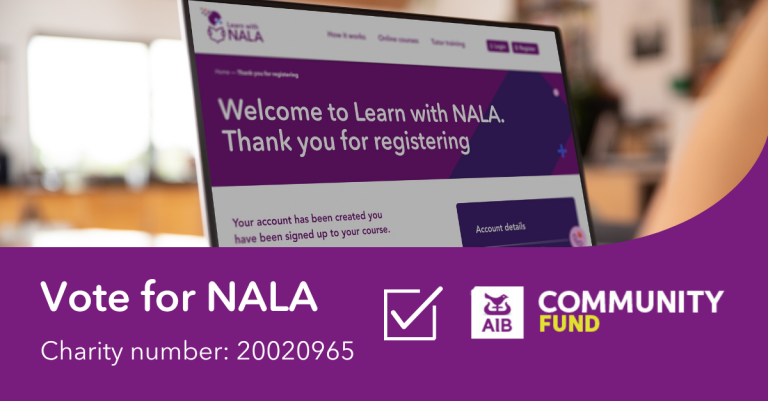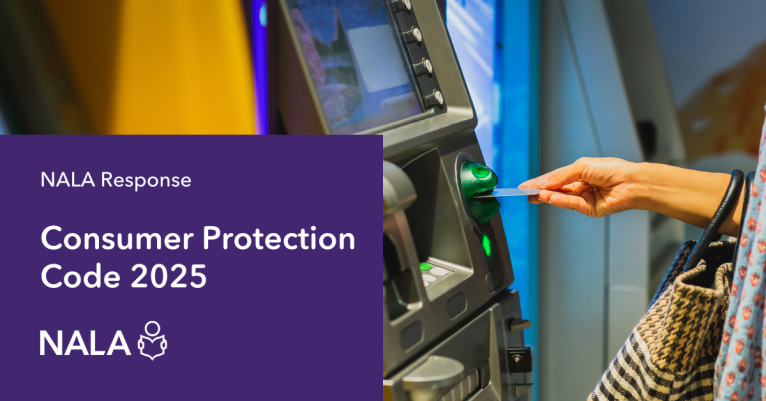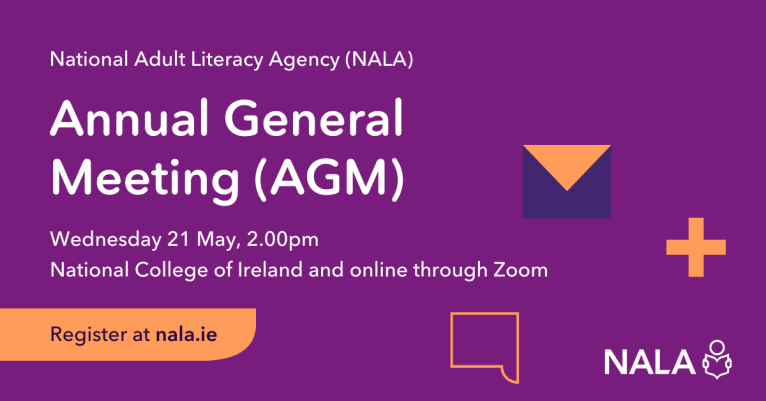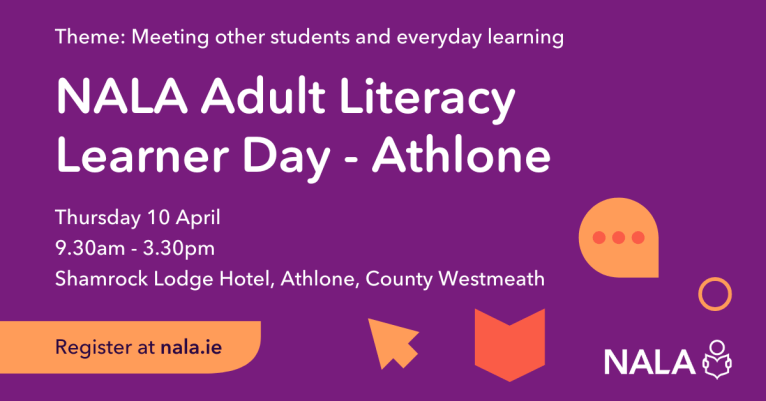New financial research report and resources launched
Making it go further is a new research report that provides a series of numeracy case studies and resources
This report is part of a series of case studies and action-learning projects that describe a range of literacy and numeracy practices and programmes across Ireland.
This research takes place in the policy context of the Further Education and Training Strategy (FET) 2014-2019. The FET Strategy, which aims to develop a high quality integrated system of further education and training in Ireland, includes a literacy and numeracy strategy with twelve elements that prioritises numeracy as an area of strategic importance. This research forms part of NALA’s implementation of the FET strategy and was completed in collaboration with the ETBs. You can read a copy of the research report here.
Here are a list of the free resources.
Resource 1: Encouraging learners to access and find information about personal finances from three selected websites — Elaine Clifford, Kerry ETB
Elaine wanted to find a way to support learners to use websites that provide simple answers to basic questions about money, but without overwhelming the learners with information. Elaine hoped to provide a learning opportunity to enhance learners’ confidence with the vocabulary associated with money and finance.
She created this ‘Financial Literacy Websites’ worksheet activity to guide learners to particular websites and ask them specific questions, to which the learners need to find answers.
Resource 2: Encouraging learners to research and consider price increases over time — Jane Savage, Kerry ETB
Jane developed an original worksheet activity called Liquid Prices from a UK publication (Maths in Practice, published by Brown & Brown, 2005). Jane’s new activity is in Euros and is again called ‘Liquid Prices’.
Learners choose what to investigate and work together on calculations in order to produce a final chart.
Jane’s learners used iPads to go online and research prices, and to review their knowledge of capacity, for estimating and for currency conversion. Learners also used their own mobile phones as calculators and then collaborated to use an interactive white board to create the chart.
Jane has also created a ‘sister’ worksheet called ‘Grocery Prices’
The exercise was completed over three weeks, as part of a once-a-week two-hour-long class. Here Jane provides an overview of the classes.
Resource 3: Initial assessment tool for identifying what a learner needs to learn in relation to money and numeracy — Kevin Kelly, GRETB
Kevin produced an initial assessment tool that could help to identify learners’ numeracy needs in the context of money.
He was aware of existing literacy skills checkers but believed that most only included numeracy as a ‘token’. This tool can be used to assess learners’ numeracy capabilities in depth in the context of money.
Kevin has found that the tool provides an opportunity to discuss numeracy with learners, to explain what a numeracy class involves and to help students to recognise if such a class could be of use to them.
Resource 4: Worksheet-based activities about financial decisions: personal decision making; Christmas expenses; and personal finance quotes — Maria Gibbs, DCETB
Maria developed three worksheet-based activities on financial decisions that can be used with learners working at QQI levels 2, 3 and 4. The worksheets are accompanied by factsheets relating to borrowing money on finance.
Maria produced a guidance sheet for other tutors to help them to use the worksheet-based activities at each of the different levels.
Resource 5: Planning to use a graphic novel approach to learning about money with learners — Sorcha Moran, MSLETB
Sorcha designed a course of learning for two QQI level 2 groups of learners, using the money-themed graphic novel Skint! which was developed by the Scottish Book Trust for use in Scotland, and latterly adapted for use in England.
Sorcha’s plan involves the use of Skint! across a whole term of learning, in order to enable learners to produce evidence to complete the QQI level 2 Quantitative Problem Solving, and Personal Decision Making M2L12.
Sorcha’s plan includes the use of iPads to access the audio version of Skint!.
Sorcha’s plan for one of her sessions is available here, with worksheets, and with a link to the online version of Skint!





